|
Nick had come out of brain surgery, following a motorcycle accident. His left side was paralyzed. There was zero movement on the left foot and leg. Being a certified foot reflexologist and licensed massage therapist, I worked the tops of his toes on both feet (where the brain is located) and administered Young Living essential oils of Valor, frankincense and Brain Power which are known to support brain function. I worked on his feet daily for one hour.
In the second week he was still unconscious; I continued the same treatment. As I was working the toes, I noticed movement. I asked Nick to move his toes again, and he waved at me with his toes! I couldn't believe it! Then I asked him to spread his toes, and he did. That was the beginning of his total recovery! Doctors and nurses said, "Whatever you are doing, keep doing it!" He regained total use of his left leg, and is now walking. His left arm and hand is another story. He acquired much pain in his biceps, so I massaged PanAway, and Aroma Siez oil blends into his arm. He stopped taking prescribed meds for pain, and found that the PanAway relieved the pain without side effects. He is now able to lift his left arm without pain, and movement is coming back into the hand. I worked him daily for two and a half months. And his functioning has returned. If I wasn't convinced about the power of these pure unadulterated essential oils by Young Living then I am now! I am extremely thankful I was able to help a friend. Essential oil testimonials are an effective way of learning and sharing. With this knowledge, we can take control of our own personal health. However, "These statements have not been evaluated by the FDA. Products and techniques mentioned are not intended to diagnose, treat, cure or prevent any disease. This is not a substitute for medical care, and if one is experiencing any specific problems, they should seek medical attention. My passion is sharing these pure essential oils & supplements, and other beneficial healing modalities, that help people find better health, emotional balance and joy in their lives.
39 Comments
What is a trip to Bali without an elephant ride? Well, this wasn’t the usual elephant ride! As I climbed up a platform to the seat on Shuli's back, a bar came across me like on a roller coaster to hang on to. As I got settled in, I took my shoes off and tied them up around the bar. I placed my feet on her back. As she started to walk towards the woods filled with palm trees and huge ferns of all sorts, I proceeded to stroke Shuli with my feet and used my toes to rub gently across her back, from her neck to her sides where I could reach while still being attached to the seat!
As I moved my feet in different ways, I massaged her elephant-style. This is actually a form of Thai massage which is used with the feet and toes. It is a wonderful modality where the therapist uses the legs, feet and toes to stretch parts of the body to relieve muscular pain. Well, Shuli started flapping her ears fiercely back and forth. When I asked my guide, Madey, what that meant, he replied, “she is VERY, VERY Happy!” Her back started rippling like small bubbling water currents, and her tufts of coarse hair stood on end…Just like we do when we get goose bumps! It was quite exciting. I felt very bonded with her. Madey has been guiding and taking care of Shuli for 12 years. All the 30 elephants come from Sumatra and are smaller than the elephants from India and West Africa. Nevertheless, Shuli seemed pretty big to me! But sweet! After my half-hour ride, we returned to a pool where she cooled off, and I was able to feed her. She ate many handfuls of bamboo. I wonder where my next animal massage experience will be? Humans are not the only species that benefit from massage therapy. Horses get regular massages, as do dogs, cats, and even snakes, but I won’t go there! What experiences have you had massaging animals? And what behaviors did you notice? I hope to get to Borneo one day to maybe massage an orangutan! What does world travel have to do with massage? For me, everything! As a hard working massage therapist, I have found that many massage therapists do not get massages. They emphasize the importance to their clients the improved benefits they will receive by getting frequent massages, yet they don’t get massages themselves. They work so hard until they injure their bodies from either repetitive motion or injuries made by using the wrong postures. And many have to stop working all together.
Massage therapy techniques are taught basically the same way in the U.S., but when you travel abroad you realize that massage, like language and culture, comes in many variations. When I travelled to Costa Rica, for example, most therapists offered the lymphatic drainage approach which is done with a very light, relaxing, touch. On the other hand, twice in China, I experienced very brisk, deep tissue movements in which I felt my back was being ripped off. They specialize in deep acupressure. When I travel, I make it a point to seek massage swaps. The agreeing therapist is so eager to experience what I have to offer. This has influenced the many different strokes and techniques I use. I also learned the terms used in other languages that have helped me communicate better with my clients. In French-speaking countries and islands in the Caribbean, I was able to ask for certain positions or actions the therapist needed to do. Wherever I travel, I try to make it a point to have frequent massages and offer my skills and talents to the working therapist, who usually works very long hours, and doesn’t get the opportunity to have such a luxury. It has been so rewarding to experience the exchange of therapists working in the healing arts. On the other hand, open-mindedness is not guaranteed. When I traveled in Bali earlier this year, I offered to give someone a massage, and about eight massage therapists lined up against the wall intently watching me give foot reflexology, which is done totally differently in Bali. Then when I proceeded to use Orth-Bionomy techniques, the puzzled looks appeared on their faces, and as I ended my treatment using Reiki and chakra balancing, they seemed dumbfounded, and they all proceeded to leave! The therapist who was supposed to work on me declined. I felt very disappointed, and accepted a very mediocre massage from someone else! My experiences of sharing techniques from the West with other parts of the world has enriched my life. It has brought communication and understanding at such an intimate level! Getting massages on a regular basis has kept me healthier and able to sustain my body in such a demanding physical profession. So I encourage all you therapists out there….Don’t hesitate to offer swaps! It’s a win-win situation, and you actually might learn something. Any thoughts? _“Slap you silly” has a different meaning when it comes to foot reflexology. When I first started practicing foot reflexology to get my certification requirements, my brother-in-law offered his feet to me. As I started working on the ball of his foot, he wrenched in uncontrollable laughter and almost flipped off the massage table! I grabbed hold of his foot and slapped it several times, and then continued. He calmed down, and was able to enjoy the benefits of the treatment. When people are very sensitive to touch, a light pat desensitizes the area, especially when they are ticklish.
In foot reflexology, the therapist applies pressure, using the thumb and index finger, to specific “reflex” points and areas on the feet. Reflexology is based on the belief that there are reflex areas on the feet that correspond to all parts of the body, including major organs. These areas are arranged in such a way as to form a map of the body in the feet. The right foot corresponds to the right side of the body, and the left foot to the left side of the body. By stimulating these areas using compression, the therapist can create a direct response in a related body area, and it becomes possible to treat the whole body as a whole. For example, by working on the head reflex which is found on the tips of the toes, one can activate the body’s own healing processes to help alleviate headaches. It is a gentle and effective form of therapeutic treatment used to induce a state of balance and well-being within. It can bring relief to a variety of conditions and is suitable for all ages, including children. Reflexology, like massage, allows the body to go deeply into a relaxed state. Foot Reflexology for me has proven to be an amazing healing modality. When I was in China three years ago, I made it a point to get reflexology each night by different therapists to see how different it was. I traveled to the Tibetan Plateau to the South of China, and to the east . . and each area treatment was basically the same. It was very deep acupressure and vigorous movements which left me sore, but very relaxed and energized the next day! It is not done like that here. In my teaching days, I used to take high school students to D.C. for a government trip. One night at about 11:00 P.M. one of my students called me at my hotel room crying that she could not attend activities on Capitol Hill due to a severe ear ache. She said the nurse would not let her go. “What room are you in? I’ll be right there.” As I entered her room, I got her propped on her bed with pillows under her knees and towels rolled under her ankles and proceeded to work on her feet. I focused on the area between her toes and pressed down. I did this several times, adding more pressure.(This area is designated for ears and eyes) After a few minutes she placed both hands cupping her ears and yelled out: “what are you doing on me, VOODOO?” And then she released her hands away from her head with a smile on her face and said “My ear ache is GONE!” Her roommate watched in amazement, and asked me very meekly, “Could you work on my feet too? I am a dancer, and my ankles are very swollen from all this walking we have been doing, and my feet are killing me.” So, I set her up the same way and worked her whole foot. The obvious swelling around her ankles completely disappeared, and she said her pain was gone too. The next day both girls were on Capital Hill and so amazed their aches and pains were gone. And I became more convinced this healing modality works. It can even work for back pain. A client called who had just flown in from Arizona. He was about 35 years old. When he entered my office he was completely bent over. He had excruciating pain in his back and could not straighten up. I proceeded to work the sides of his feet from the toe to his heel and over the area which corresponds to the whole spinal column. After about five minutes, he gasped and grunted…and when I asked if he was ok, he said, “yeah . . the pain in my back is gone. And he sprung up off the table and said surprisingly, I can’t believe how great I feel . . and I can stand up straight!” We both were relieved! As a massage therapist, I love giving Foot Reflexology. It helps me locate specifically on the body where people have their energy blockages and accompanied pain. After I work the feet, I then go to problematic areas of the body that were evident from doing foot reflexology and I massage the muscular tissue. Upon completion of the treatment, clients have floated off the table expressing how they felt extremely relaxed, without pain, and amazed they could move their bodies again! Have any of you experienced similar results after receiving foot reflexology from others? I’m interested to know. |
Rachelle's blogCheck back often to learn about the newest trends in massage therapy. I'm happy to share my ideas and approaches, based on more than 30 years of experience. Archives
November 2017
Categories
All
|
|
Back in Motion Massage Therapy
massagecleveland.com Massage Therapy in Cleveland, Ohio Call for an appointment: (216) 321-6663 |
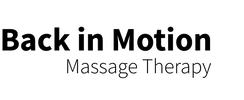
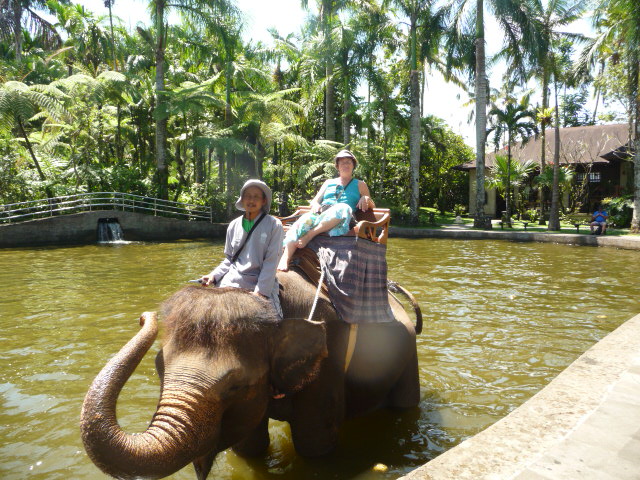
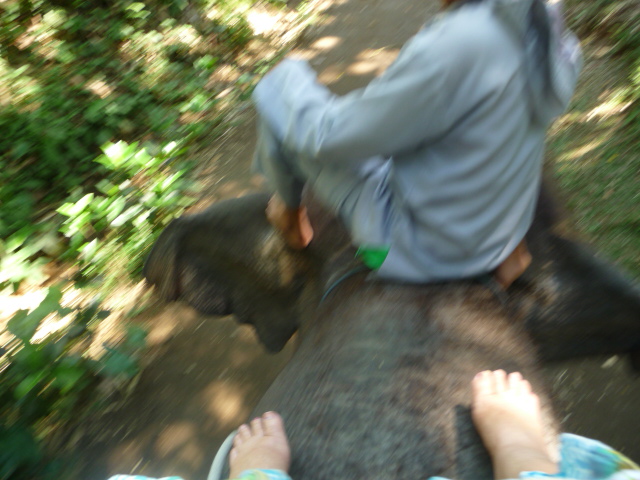
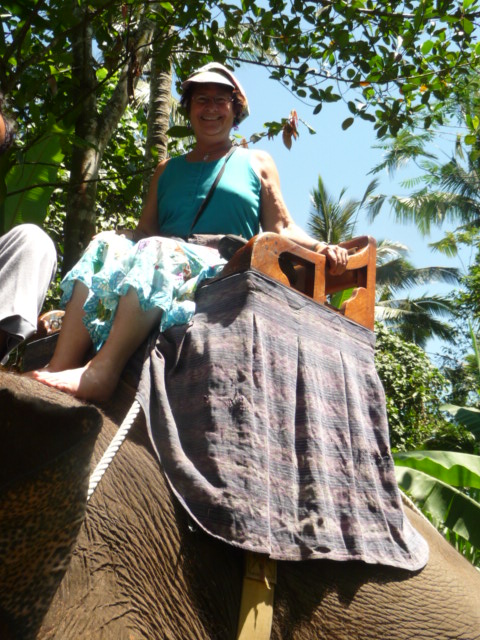
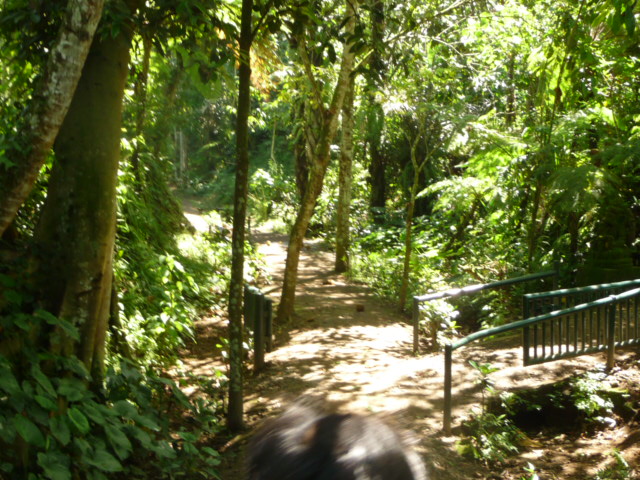
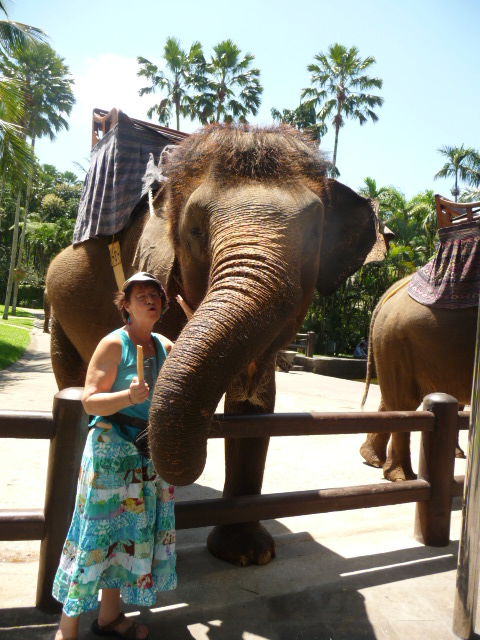
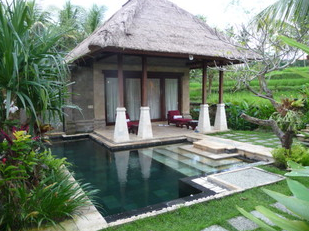
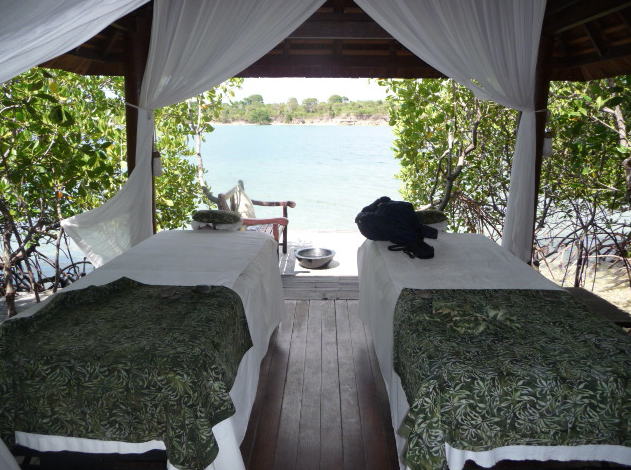
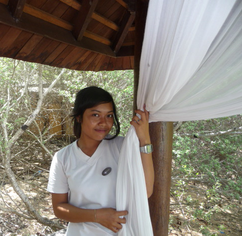
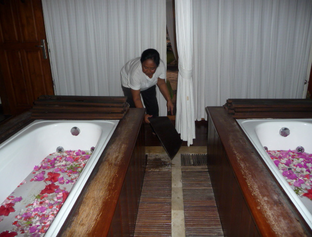
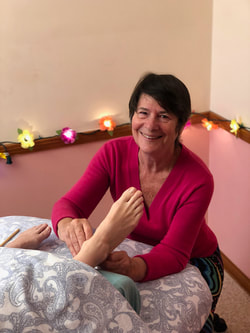
 RSS Feed
RSS Feed

